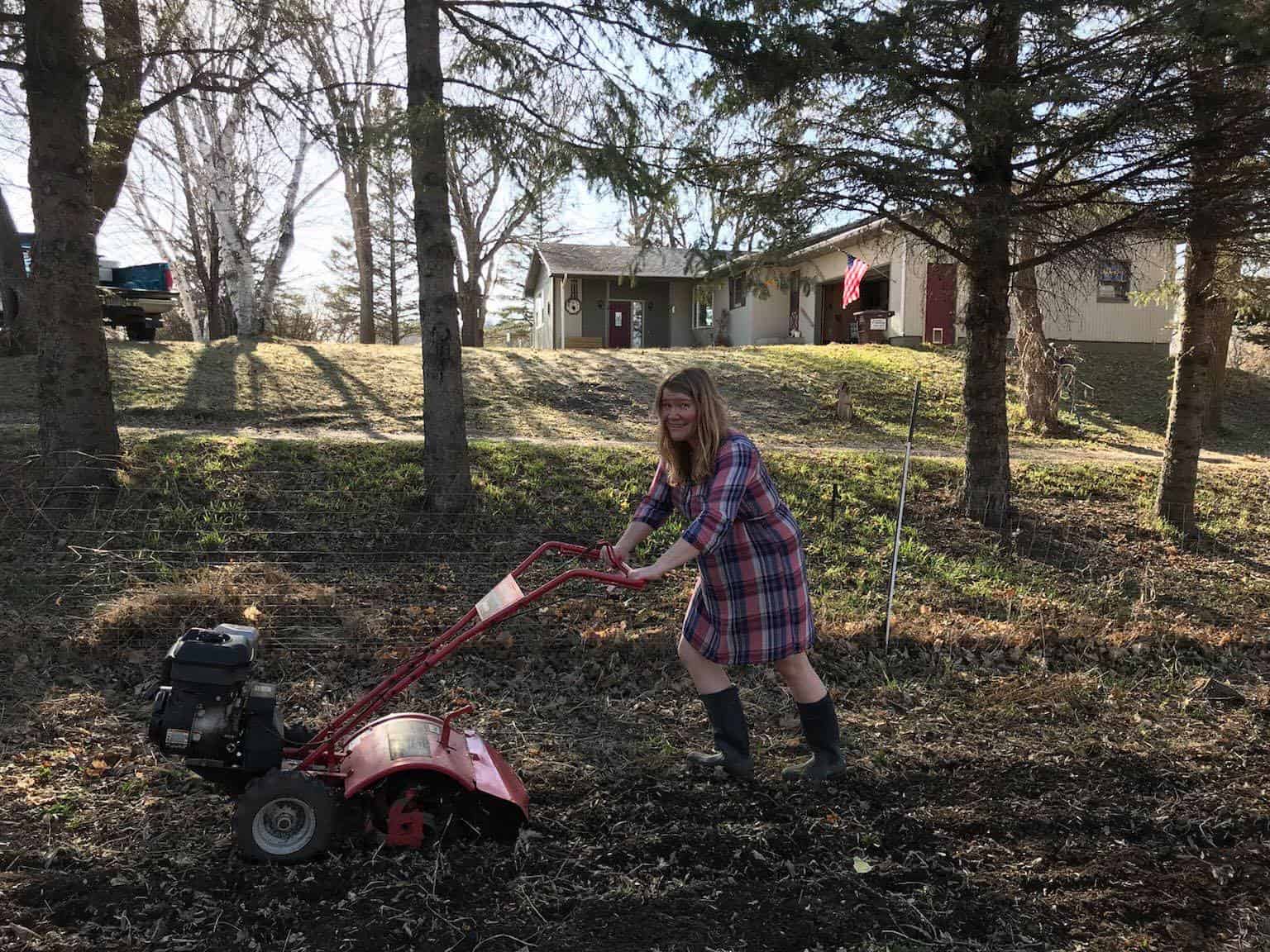How to tell if a Goat Kid is in the Wrong Position
We had a big loss on the farm a few weeks ago. There were many factors in our situation, but one of the most important ones was a goat kid in the wrong position.
Disclaimer: I am not a veterinarian. Any information shared here is anecdotal. Please consult your vet for your animal care. Click here for my full disclosure.
Losing a Doe and Two Kids
Some of you may know our doe, Sucre. She had been featured on the YouTube channel in a milk goat training tutorial. Unfortunately a few weeks ago she died due to complications from kidding.
I don’t share this story lightly, but it is my hope that unlike me, you might find yourself in a similar situation and this information can help you save your doe and kids.
Sucre’s Story
Sucre was a dairy/meat goat cross. She definitely ruled the roost out in our goat herd and used her weight to keep my skinny Nubian does in line. She had a sweet spot too, and I was looking forward to training her in as a milk goat.
Sucre was a first time mom, and she was an older doe. I believe she was around four, which is old for a new mom. On our farm every person and animal is expected to contribute in someway, we don’t really have any “just for fun animals”. It’s simply too expensive. In retrospect with Sucre being older, I should have rehomed her where she could be a pet or companion animal.
So right there we have two major areas for complications: First time mom, and being older.
Sucre’s Labor
Sucre gave signs of early labor when I went out to do morning chores. She was resting and not especially interested in hay as usual. I moved her into her kidding pen with hay and fresh water, then checked on her every 45 minutes to an hour.
After about two hours labor seemed to be progressing somewhat. She was breathing a little heavier and seemed restless. Still, no pushing, no contractions, no waters broken, nothing.
Each time I checked on her I’d come back inside and spend a half hour on the internet googling things and looking on goat forums. It seemed the consensus was a first time mom could take as long as twelve hours in early labor, which I thought she was probably still in given her behavior and the lack of any other active labor signs.
Around four o’clock she had a gush of water and I hoped we’d see a baby soon. I knew that within an hour if a baby hadn’t shown up, we had issues. An hour went by and she hadn’t progressed at all.
I reached out to a goat friend of mine who said it was time to reach in.
I used antiseptic lube and went in. There I soon discovered there was a massive kid tangled up at the mouth of her cervix. Both his head and two legs were turned completely wrong.
In the end I had to reach in with both hands to shove him back inside her so I could turn his head the right way, then his legs. It was very hard on poor Sucre.
He was a very large buckling, born dead.
Within about ten minutes she had delivered a second kid, another buckling, who was alive and well.
Shortly after she pushed out a third and final kid, a dead doeling.

Treating Sucre
I immediately gave Sucre warm water with molasses and a little grain to help get her strength back. I also gave her 3 cc of penicillin (per hundred weight) and planned to for the next five days to help with any infection my reaching in may have caused.
The next morning she wasn’t eating or drinking, and not paying much attention to her kid.
I rushed to the local vet to get a medication to help with fever, pain, and swelling.
We had our own midwife appointment that morning so after giving her pain meds we had to leave and returned about three hours later.
When we got back she had died.
Talking with the Vet: What Went Wrong?
I was really beating myself up about losing Sucre and the two kids for a solid week after. Then I was able to talk with my vet. With each detail I gave him of the circumstances he became less and less surprised that she didn’t make it. Sucre had a lot of things going against her.
- Her older age
- Being a first time mom
- Triplets
- Large size of kids
- Malpositioned Kids
- Long Labor
All the reading and research I was doing in between goat checks seemed to tell me intervention should be avoided, and a long labor was normal for first time moms.
The big things that were signs I should have intervened earlier were the length of her labor, that she was not progressing, and that she didn’t push or have contractions.
What Position Should a Goat Kid Be Born In?
Goat kids should come out with their front feet forward, nose outstretched along their legs, like a diver.
They can also be born with both back legs straight out, although this is not as ideal as this can cause pinching of the umbilical cord.
If a goat kid is in the wrong position, there are a few common ways you will see.
The American Boer Goat Association has a good guide with pictures included.
How to Correct a Mispositioned Goat Kid
Using the tools listed below, put on the OB glove or scrub up like a surgeon. Then apply lubricant. If you have long finger nails, cut them first.
Make your hand into a sort of duck beak shape and push into the goat’s vagina. You will have to reach in past your wrist (with Nubian sized goats anyway) to get through the cervix. The cervix has three sort of rings or layers you will have to push through. Once you feel something firm, hairy, and slippery, you’ve reached the kid.
If you feel boney little legs that’s good. There should be a nose there too. If not, determine where the goat’s head is. You’ll need to gently as you can correct the had position so it is facing towards the cervix opening. This may involve pushing the kid back in some.
If there are no legs, feel along the body of the kid until you find a leg, slide your hand along it to determine where the leg goes, and again gently pull the leg until it is outstretched and pointed towards the cervix.
If a kid is butt first, you’ll need to gently push them back into her birth canal, and again correct the position of the legs so both back legs are straight towards you.
Kids can sometimes get tangled together in the birth canal. If that is the case, pick whatever part of a single goat you are sure of (a leg, the torso, a head, etc). and follow along the body until you have determined which parts belong to it. Then proceed with assisting the delivery.
Do not begin pulling the kid out until the doe has another contraction. If she is no longer pushing or having contractions, gently pull the kid out in a downward direction.
What tools should I have before reaching into a goat?
- A warm bucket of clean soapy water
- Clean towels
- Antiseptic Lubricant
- OB length gloves
- Penicillin and needles for treatment after
If you don’t have OB gloves, make sure you scrub up well before reaching in to see if a goat kid is in the wrong position.
Final Thoughts on How to Tell if a Goat Kid is in the Wrong Position

Despite what you may read online, so long as you use proper antiseptics, are gentle, and you have penicillin or another antibiotic to use just in case, reaching into check for positioning is relatively harmless to a goat. I think if I had intervened earlier, Sucre may have had a better outcome.
Any time you lose an animal it is hard, and the best you can do is learn more and promise to do better next time.
The only solace I have is the comfort the vet gave me, and one sweet little buckling who survived. We named him “Ray”, after his mama. He’ll have a place on our farm forever.
Pin it or Later







